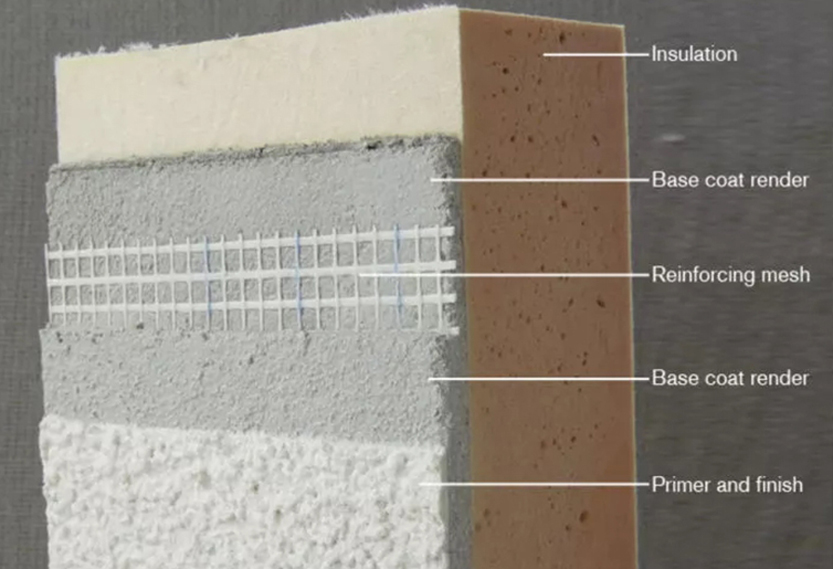
Nov . 16, 2024 20:04 Back to list
how to dissolve hydroxyethyl cellulose
How to Dissolve Hydroxyethyl Cellulose
Hydroxyethyl cellulose (HEC) is a non-ionic, water-soluble polymer derived from cellulose. It is widely used in various industries, including cosmetics, pharmaceuticals, and food, due to its excellent thickening, gelling, and film-forming properties. However, the ability to effectively dissolve HEC can vary depending on factors such as temperature, concentration, and pH levels. In this article, we will explore the best practices for dissolving hydroxyethyl cellulose to ensure optimal performance in your applications.
Understanding Hydroxyethyl Cellulose
Before diving into the dissolution process, it's essential to understand what hydroxyethyl cellulose is. HEC is synthesized by the reaction of alkali cellulose with ethylene oxide. Its unique properties make it an invaluable additive in various formulations, where it acts as a thickener, binder, or emulsifier. HEC is characterized by its viscosity, which can be adjusted based on the degree of substitution and molecular weight.
Importance of Proper Dissolution
Properly dissolving HEC is crucial for achieving the desired viscosity and consistency in your formulation. If HEC is not adequately dissolved, it can lead to clumping, uneven distribution in the mixture, and ultimately a compromised end product. Therefore, understanding the optimal methods for dissolution is paramount for anyone working with this versatile polymer.
Factors Affecting Dissolution
1. Water Temperature HEC is soluble in both cold and hot water, but the dissolution process is significantly faster in warm or hot water. The general recommendation is to use water at temperatures around 80-90 degrees Celsius. Heating the water accelerates the solvation process and helps to disperse the HEC more evenly.
2. Concentration The concentration of HEC in the water will also affect how well it dissolves. Lower concentrations (around 1-2%) will dissolve more easily compared to higher concentrations (greater than 5%). It is advisable to start with a lower concentration and gradually increase it as needed.
3. pH Level Hydroxyethyl cellulose is stable across a range of pH levels; however, extreme pH conditions (either very acidic or very alkaline) can affect its solubility and viscosity. Generally, a neutral pH (around 7) is ideal for dissolving HEC.
how to dissolve hydroxyethyl cellulose

Steps to Dissolve Hydroxyethyl Cellulose
1. Prepare Equipment Use a clean mixing vessel and appropriate stirring equipment. It is recommended to utilize a high-shear mixer or an overhead stirrer to ensure uniform dispersion.
2. Heat Water If aiming for quicker dissolution, heat water to around 80-90 degrees Celsius. Monitor the temperature to avoid boiling, as this can lead to water loss through evaporation.
3. Add HEC Gradually Slowly sprinkle the HEC powder into the heated water while stirring continuously. This step is crucial; adding HEC too quickly can result in clumping, making it difficult to dissolve fully.
4. Continue Mixing Maintain continuous mixing for about 30 minutes. Depending on the specific grade of HEC being used, this mixing time might adjust, but the goal is to achieve a clear, lump-free solution.
5. Cool It Down After the HEC has fully dissolved, allow the solution to cool down to room temperature while continuing to stir occasionally. This cooling phase helps stabilize the mixture.
6. Adjustment and Testing Once cooled, assess the viscosity of the solution. If necessary, you can add more HEC for thicker solutions or dilute with water for a thinner consistency. Always test the final solution to ensure it meets your application needs.
Conclusion
Dissolving hydroxyethyl cellulose is a straightforward process, but it requires attention to detail and an understanding of the factors influencing its solubility. By controlling temperature, concentration, and the addition process, you can achieve a smooth, effective solution suitable for a variety of applications. Remember that experimentation may be necessary to optimize your approach based on the specific formulation requirements. With these guidelines in mind, you’ll be well-equipped to work with hydroxyethyl cellulose effectively.
-
Versatile Hpmc Uses in Different Industries
NewsJun.19,2025
-
Redispersible Powder's Role in Enhancing Durability of Construction Products
NewsJun.19,2025
-
Hydroxyethyl Cellulose Applications Driving Green Industrial Processes
NewsJun.19,2025
-
Exploring Different Redispersible Polymer Powder
NewsJun.19,2025
-
Choosing the Right Mortar Bonding Agent
NewsJun.19,2025
-
Applications and Significance of China Hpmc in Modern Industries
NewsJun.19,2025







